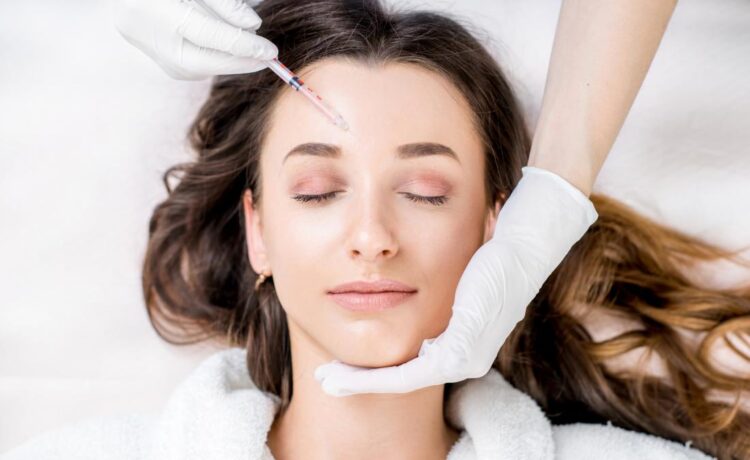As of March 2022, more than 2.2 million people globally search for low or non-invasive cosmetic procedures on Google every month. The rise of social media and influencer culture has ignited a significant expectation to maintain youthful looks well into middle age.
The two most popular procedures to address wrinkles and other signs of aging are Botox and dermal fillers. While both can help you achieve a more youthful appearance, the procedures work in slightly different ways. A consultation with a practitioner who has completed their Botox certification can help you choose which option best suits your needs. Health practitioners can take this training throughout the U.S., from Washington, DC, to Los Angeles.
Here are a few key differences between Botox and fillers:
- Composition and Mechanism
One key difference between Botox and filler is the mechanism. Botox is a neurotoxin that works by temporarily blocking signals to the nerves that cause the muscles to contract. This forces the muscles to relax and reduces the appearance of wrinkles. Conversely, fillers are substances (typically hyaluronic acid, calcium hydroxylapatite or autologous fat) injected beneath the skin to add volume and fill in fine lines.
- Target Areas
The choice between Botox and fillers often comes down to the target treatment area. Botox, for example, is typically used to address dynamic wrinkles. Dynamic wrinkles are wrinkles that are induced by muscle movement, such as crow’s feet (lateral canthal lines) and smoker’s lines (perioral wrinkles). To reduce the appearance of these wrinkles and potentially prevent more from forming, it’s usually more effective to paralyze the muscles responsible than to plump up the area.
Fillers, however, are a more suitable option for static wrinkles, which usually occur when we lose skin volume and collagen as we age. Target areas include marionette lines and nasolabial folds.
- Treatment Duration
Although duration will vary depending on individual factors (including genetics and aftercare), you can expect the results of your Botox to last between 3 and 4 months. After this period, the botulinum toxin will be metabolized by the body and muscle activity will gradually return to normal.
Filler generally lasts significantly longer than Botox, with a treatment duration of anywhere from 6 months to 2 years. The filler material used is important as each substance breaks down and is absorbed by the body at different rates. Where a filler can stimulate collagen production, longer-lasting results will be observed.
- Timeframe
Both Botox and fillers can generally be administered in the length of your lunch break. However, while the results of fillers will be instantaneous, the effects of Botox will take 3-4 days to become noticeable. It often takes 14 days for the muscles to become adequately weakened. At this stage, the full results of the treatment can be observed.
- Possible Side Effects
The popularity of Botox and fillers is underpinned by their relatively low-risk nature. However, some minor side effects can be experienced after either treatment option. Botox patients may experience temporary redness, bruising and swelling at the treatment site. In rare cases, drooping or asymmetry may occur. Fillers come with similar side effects, such as bruising, redness and swelling. In some cases, irregularities or lumps can occur.
You can dramatically reduce the likelihood of severe side effects by choosing a reputable practitioner and closely observing all aftercare recommendations.
- Reversal
In rare cases, individuals may not be happy with the results of their cosmetic treatment and wish to reverse the process. Botox treatment cannot be manually reversed; however, the effects are temporary, and the area should return to normal as muscle activity resumes. If asymmetry occurs, adjunctive treatments may also be considered.
Some fillers, such as hyaluronic acid fillers, can easily be reversed by injecting enzyme treatments to break down the filler substance. However, fillers made from calcium hydroxylapatite or poly-L lactic acid are more difficult to remove. In these instances, corrections can be made by adding additional filler.
When it comes to deciding between Botox and fillers, there is no clear winner. Speak to a qualified consultant about your treatment needs to determine which procedure best suits your goals.













